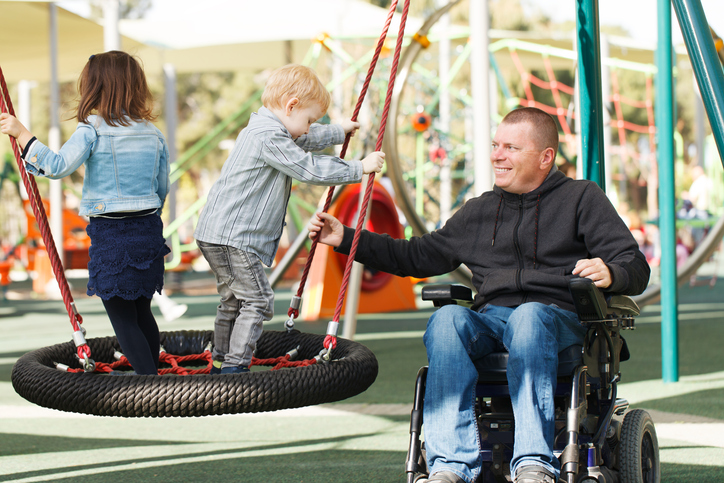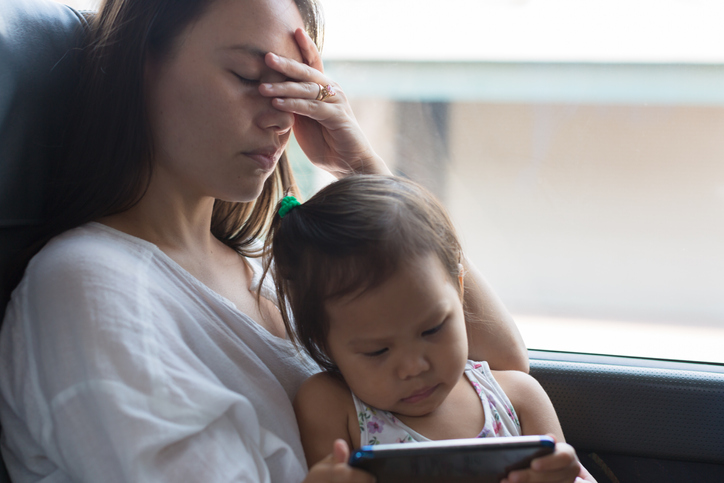Living with Chronic Pain
The World’s First Pediatric Pain Management Standard

In April 2023, Solution for Kids in Pain (SKIP) paired with the Health Standards Organization (HSO) to release the world’s first pediatric pain management standard. This standard was created to initiate change in pain control for children. Input from pediatric pain specialists, health care workers, policy development experts, and the children and families that are directly impacted was gathered to develop the standard of care. After being approved, this standard applies to every hospital in Canada that treats those from birth to 19 years of age.
Why the pediatric pain management standard is important
Pain is typically experienced by every child at some point, whether it be acute or chronic, mild or intense. One in five children experience chronic pain before reaching adulthood. These children are at an increased risk for substance abuse, mental illness, and socioeconomic disparities when they become adults. The pediatric pain management standard aims to provide improved care for children. They deserve quality pain management while young and the chance to become healthy adults. Children, families, health care workers, and the health care system benefit from the outcome.
How does the Pediatric Pain Management Standard accomplish this?
The pediatric pain management standard has a goal of reducing unnecessary pain experienced by children. In addition to pain intensity, the use of a pain assessment that factors school functioning, sleep, mood, and cultural factors helps to reach this goal.
The standard recognizes the children and families as equal parts of the health team. They are involved in the decision-making process, which keeps them informed about what is occurring. A clear and transparent communication provides fewer misunderstandings and additional patient autonomy.
The ability to make informed decisions is based on accurate data. The standard deems preventable and poorly managed pain as a safety issue, resulting in accountability and follow-up to ensure it is not repeated. There are 34 other recommendations for the treatment and management of pediatric pain that helps guarantee that children have access to equitable pain management.
Additional source: Health Standards Organization (HSO)


















